Breaking down biodiversity with Carbon Positive Australia
Biodiversity is the needle that threads us all together and is a reminder that we are very much connected to nature. It includes and affects every living thing on our planet.
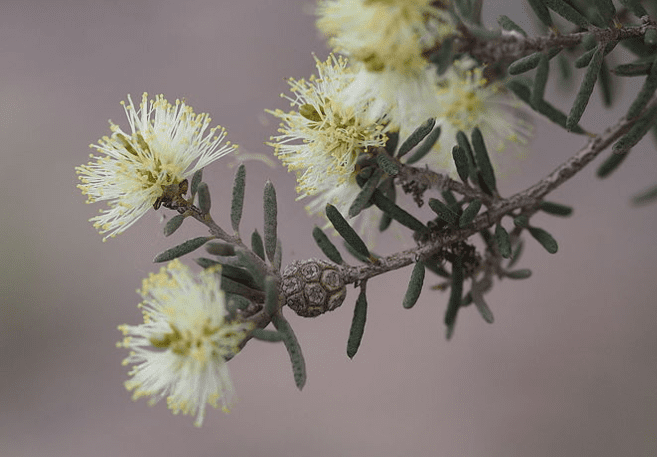
What is biodiversity?
Biodiversity is the needle that threads us all together and is a reminder that we are very much connected to nature. It includes and affects every living thing on our planet, from a tiny sandalwood seed to the tallest Eucalyptus regnans; from the smallest Pygmy Possum to the largest Red Kangaroo; from you to me. It has a direct impact on all of our lives. As humans, biodiversity gives us a functioning ecosystem that provides oxygen, clear air and water, plant pollutions, pest control, wastewater treatment, and ecosystem services.
In 1993, May 22 was declared as the “International Day for Biodiversity” to increase understanding and awareness of biodiversity issues. This year’s theme sits under the banner of: “We’re part of the solution #ForNature.”
Following on from last year’s theme (“Our solutions are in nature”), it serves as an essential reminder that biodiversity remains an integral part of the response to several global challenges.
Humans have played, and continue to play, a major part in biodiversity loss. Therefore, it is imperative that we repair this damage and take action to conserve and protect our planet’s biodiversity. While there is still much work required to restore biodiversity in Australia, there have also been some monumental strides taken towards this.
As an organisation our work highlights this and would not have been made possible without the support of our donors.
How does Carbon Positive Australia support biodiversity?
In celebration of International Day of Biodiversity, we would like to highlight some of our organisation’s finest biodiversity restoration efforts and outcomes from recent years.
Yarraweyah
• Region: Great Southern, WA
• Planted: 2013
• Size: 100 hectares
Biodiversity Outcomes:
Seven years on from planting, the Yarraweyah sites continues to thrive. We planted more than 100 native tree and shrub species across the 100-hectare site, with many seeds hand collected and local seeds collected by owners as well. The project has reconnected remnant bushland and restored the native habitat, providing food and shelter for native mammals, birds, reptiles, and insects. We continue to work with the landowners on flora and fauna surveys and community programs designed to demonstrate the restoration success and look forward to future opportunities for this beautiful site.
This site was a part of a fauna biodiversity survey completed by Angela Sanders BHA between 2014 and 2016. The study identified 26 native bird species that were thriving, and the return of other fauna including the Honey Possum, Western Bobtail, Dugite, and Banjo Frog.
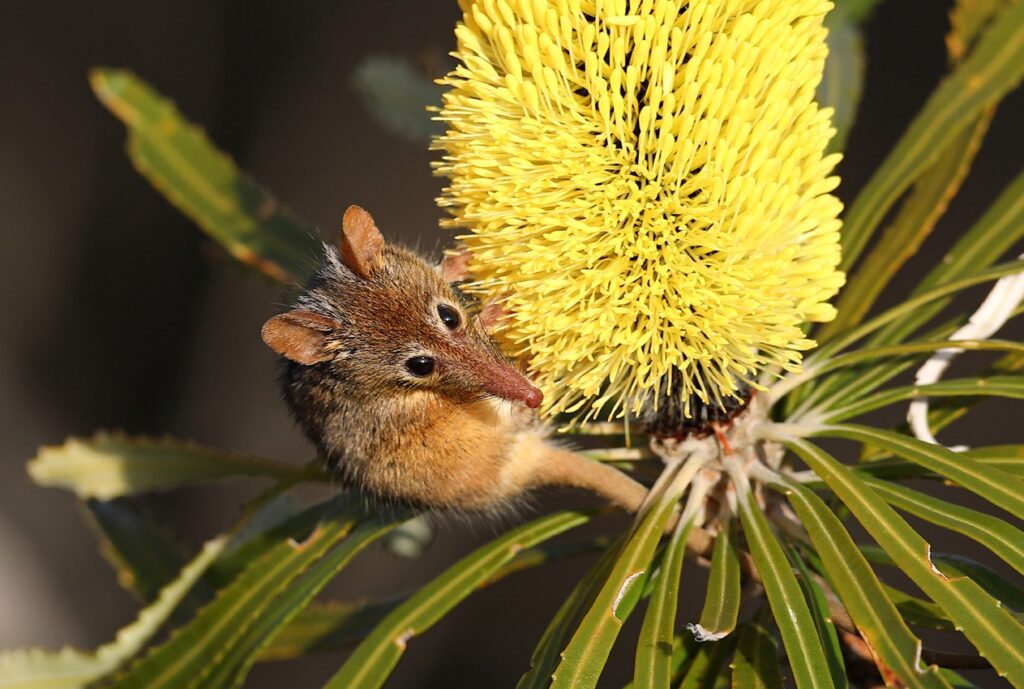
Species: Acacia, Allocasuarina, Alyogyne, Banksia, Calliris, Calothammus, Dodonaea, Eucalyptus, Gastrolobium, Hakea, Isopogon, Juncus, Kenzea, Lepidosperma, Melaleuca, Senna, Templetonia, Verticordia.
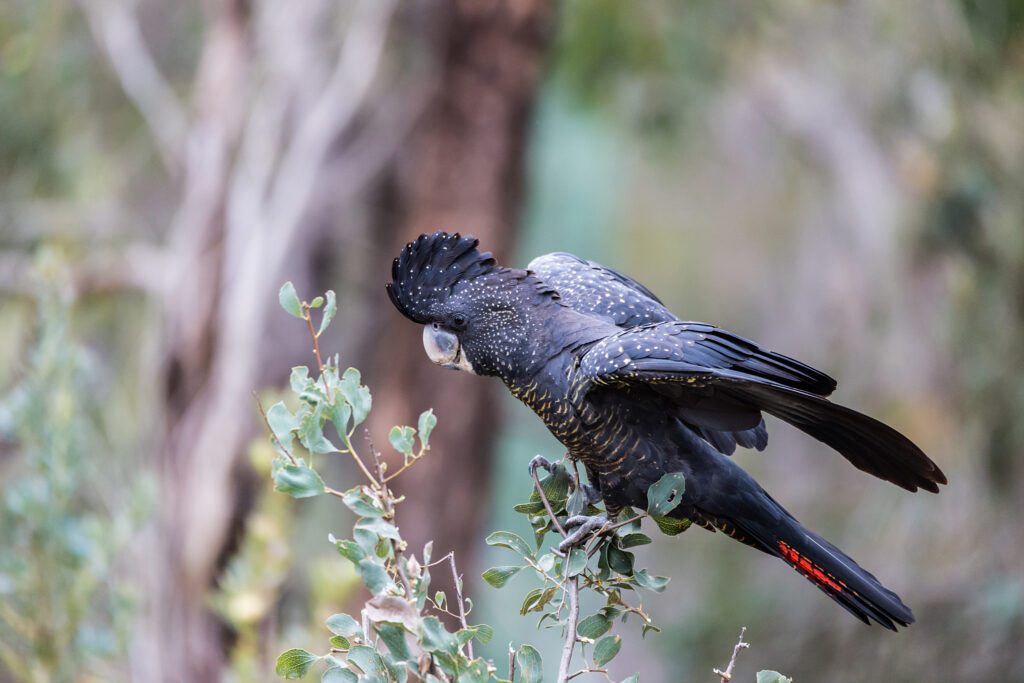
Seed Mix: Acacia dentifera, A. extensa, A. gilberti, A. nervosa, A. pulchella, A. saligna, Banksia sessilis, Calothamnus quadrifidus, Hakea lissocarpa, Taxandra linerafolia, Viminaria juncea.
Seedlings: Callistemon phoeniceus, Calothamnus quadrifdus, Corymbia calophylla, Eucalyptus marginate, E. rudis, E. wandoo, Hakea lissocapha, Juncus pallidus, Melaleuca pressiana, M. rhaphiophylla, Taxandra linerafolia.
Karrakin
• Region: Martin, WA
• Planted: 2014
• Size: 38 hectares
Biodiversity Outcomes:
This project focused on native plant species known to be essential to the feeding, breeding, and roosting cycles of three endangered black cockatoo species unique to the southwest of Western Australia. By reforesting an old orchard and grazing property in Banyowla Regional Park, the project also enhanced the local flora and fauna and formed an important carbon sink. The project itself was unique because it is located on the very edge of the Swan Coastal Plain, a critical habitat area for all three threatened species of black cockatoo; the Carnaby, Baudin’s, and Forest Red Tail.
Cranbrook
• Region: Great Southern, WA
• Planted: 2020
• Size: 65 hectares
Biodiversity Outcomes:
This project is split into 3 different planting areas: Saltland Carbon (10ha), Biodiverse Sandalwood (30ha), and Biodiverse Carbon (25ha). The property lies directly adjacent to the Stirling Ranges National Park, making it of great significance for environmental restoration as it will provide a wildlife corridor to the National Park.
In July 2020, 85 local species were planted (69 direct seeds, 25 seedlings). Data from recent monitoring is currently being analysed, but initial feedback shows us the excellent establishment of Acacia hosts in the Biodiverse Sandalwood planting, allowing us to begin planning for future planting of sandalwood seed.
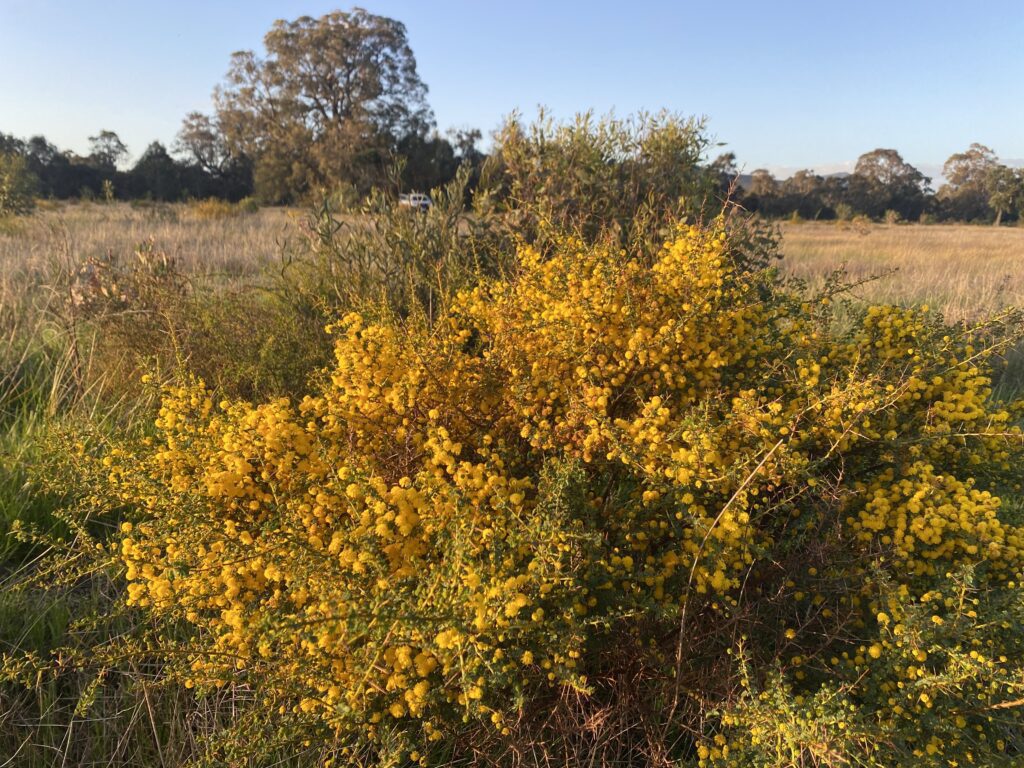
Species: Acacia, Agonis, Allocasuarina, Astartea, Atriplex, Bossiaea, Brachysema, Callistemon, Calothamnus, Casuarina, Eucalyptus, Hakea, Hypocalymma, Jacksonia, Kunzea, Leptospermum, Melaleuca, Patersonia, Regelia, Viminaria.
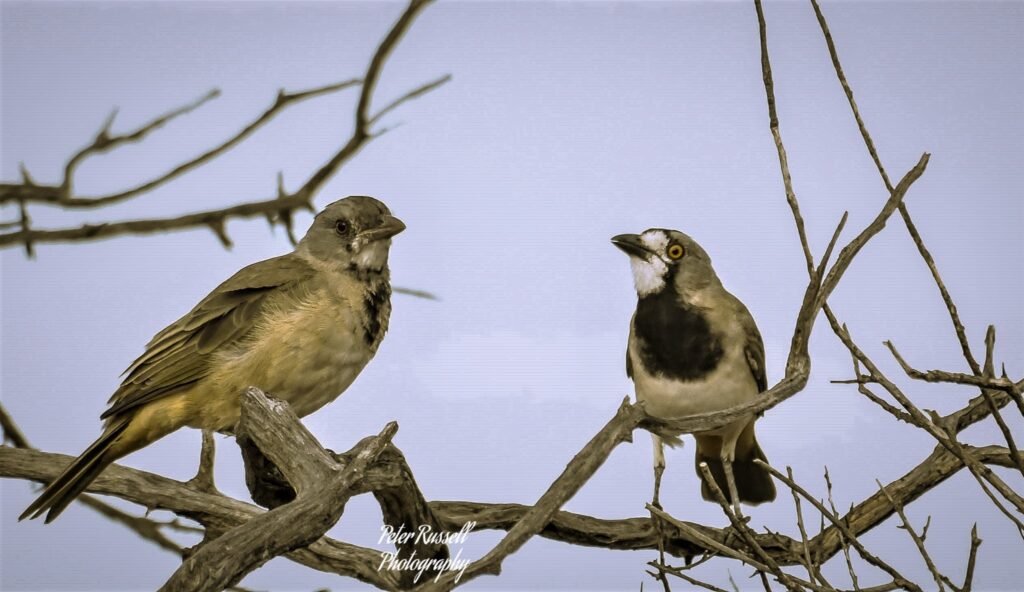
Seed Mix: Acacia, Allocasuarina, Triplex, Catllitris, Codonocarpus, Dodonea, Eucalyptus, Grevillia, Hakea, Rhagodia, Senna.

Hill View
• Region: Northern Country, WA
• Planted: 2010, 2012, 2014, 2015
• Size: 1,000 hectares
Biodiversity Outcomes:
As a part of the” Yarra Yarra Biodiversity Corridor” (YBBC), this project is linked to 12 nature reserves across approximately 10,100 hectares. It is one of the largest planting projects globally and the first native restoration project in Australia to achieve international Gold Standard accreditation. We partnered with Auscarbon Pty Ltd to complete a 184 hectare site called Hillview within the YYBC.
The Hill View area (approx 617ha) was a baseline monitoring survey for the YYBC and the first and only systematic baseline survey conducted at any of the Yarra Yarra properties. The biodiversity value of the Hill View area has been estimated at between $2M and $4.5M over the life of the project. As the site is within one of the only 35 globally significant biodiversity hotspots, the results were and still are encouraging for biodiversity restoration.
Results from the survey included:
Birds: 1,040 birds were recorded from 50 native species. This included 13 bird species of conservation significance, one of which listed as near threatened in WA, the Crested Bellbird (Oreoica gutturalis).
Plants: 127 plant species were recorded. This included 97 perennial and 50 annual species. There were 3 plant species listed as threatened and/or rare in Western Australia; Eucaltyptus synandra, Melaleuca barlowii and Persooniapentasticha.
Insects: 256 species of insects recorded, a large number for the relatively small area surveyed. The vast majority of those species were flower-visiting insects that play an essential role in pollination.
Ecologists recorded several other animals not formally included in the monitoring project. These included the conservation significant Perentie (Varanus giganteus), Western Red Kangaroo, Euro, and Echidna.
It is evident from our projects that the benefits of planting go well beyond carbon sequestration. Our projects and biodiversity go hand-in-hand and also provide:
• Ecosystems services (e.g. protection of waterways, maintenance of nutrient that stabilise the climate and aid in soil formation);
• Improved habitat; and
• Social benefits (including research, education, recreation & culture).
Biodiversity has a fundamental role in underpinning climate resilience and carbon sequestration. Restoring carbon by restoring biodiversity addresses the connected catastrophes of our time – the climate emergency, and the ecological emergency.
The biodiversity outcomes that Carbon Positive Australia has achieved would not be possible without the support of our donors and we extend our sincere thanks.
Celebrate Australia’s rich and unique biodiversity on International Day of Biodiversity by donating to our projects and spread awareness on social media by using the hashtags #CarbonPositiveAustralia #InternationalDayForBiologicalDiversity #IBBD #BiologicalDiversity and #ForNature.
